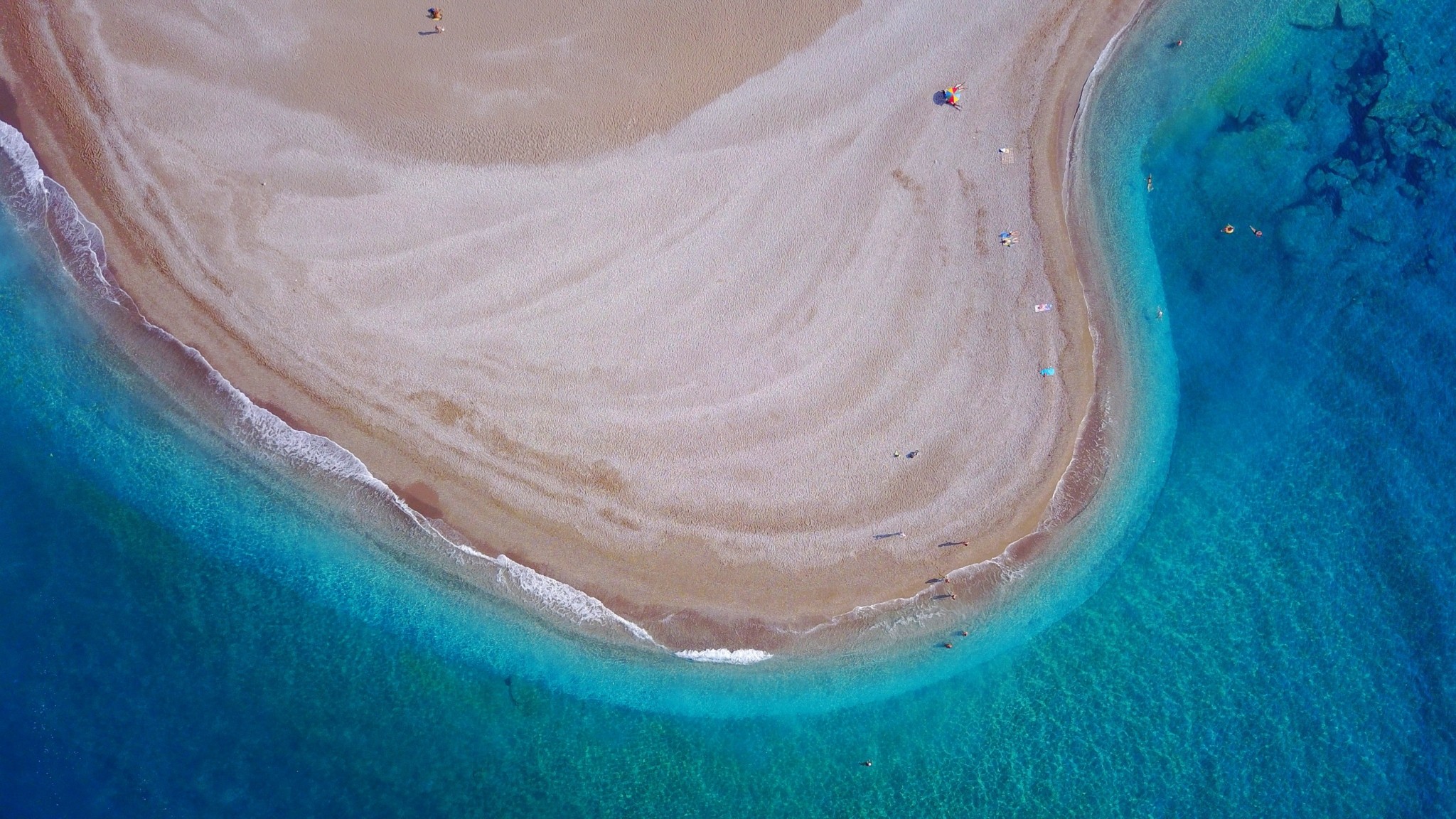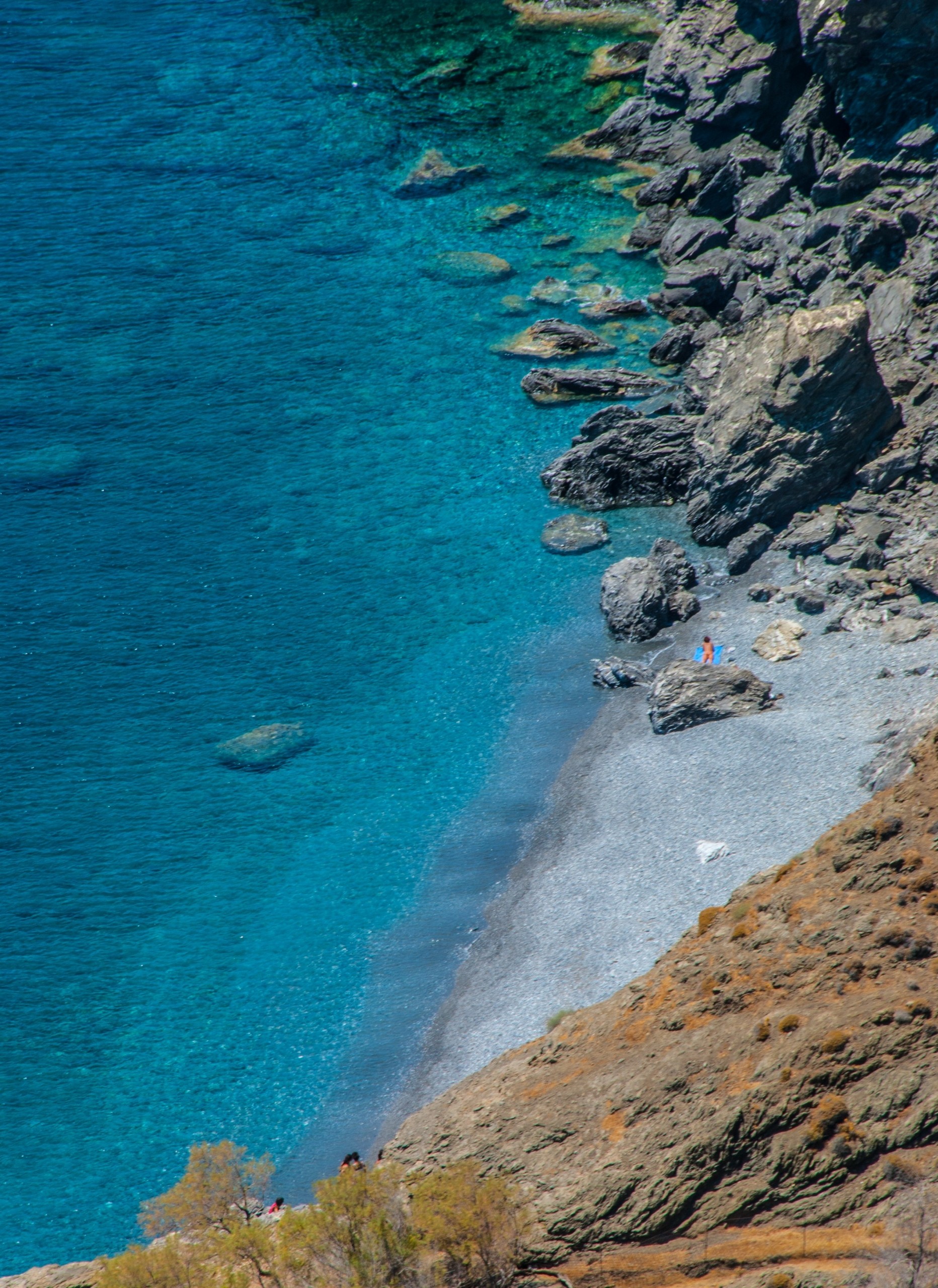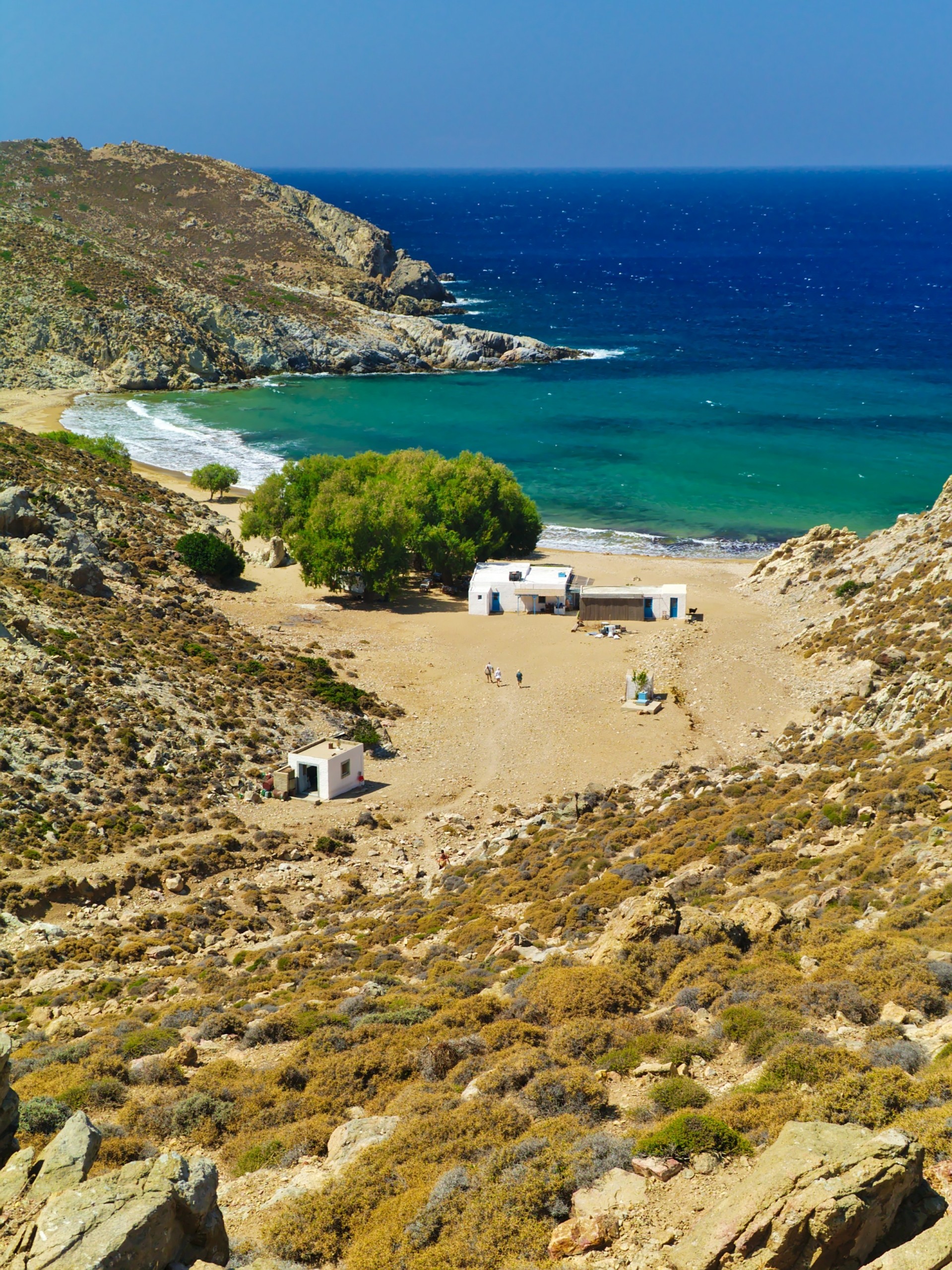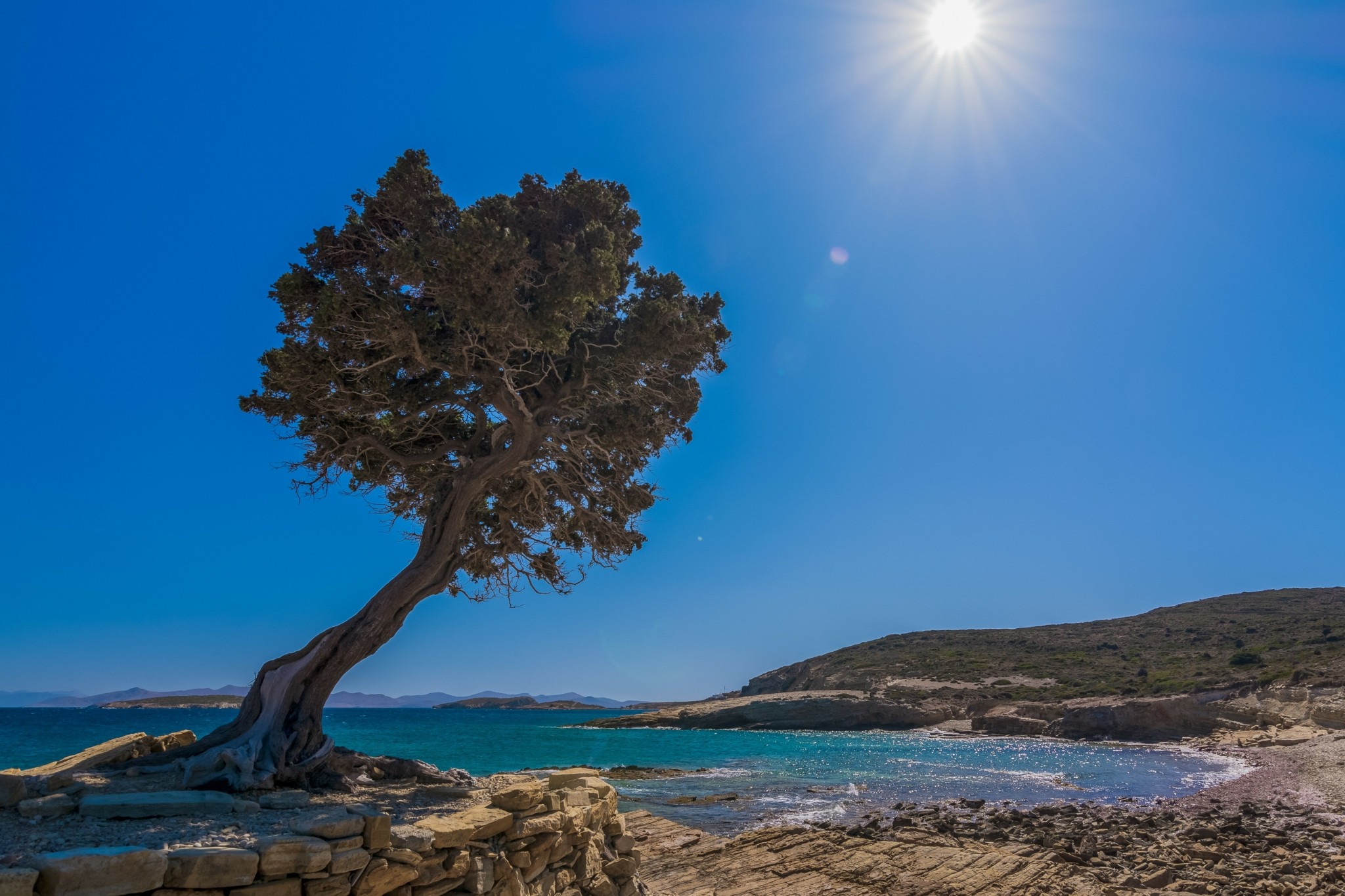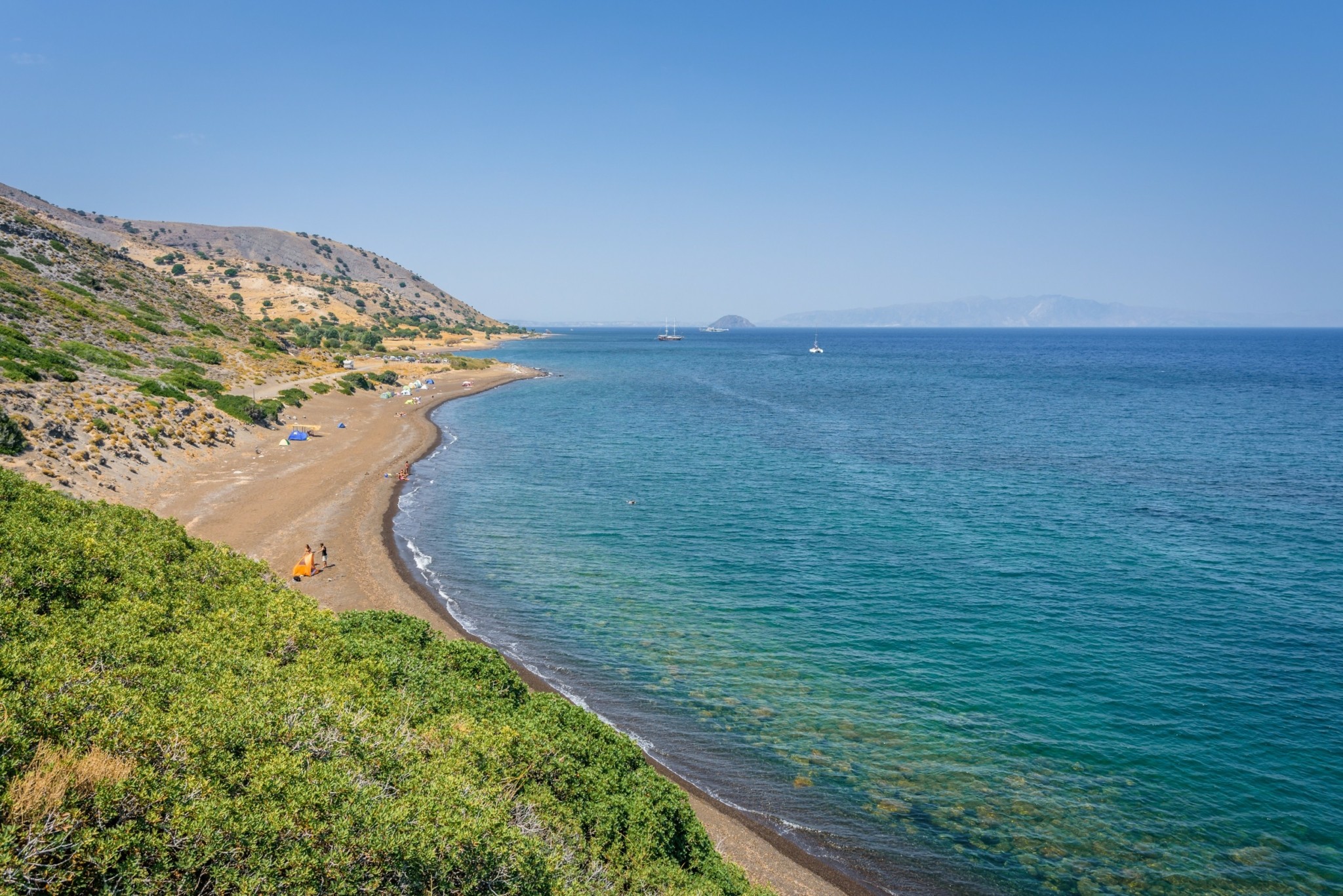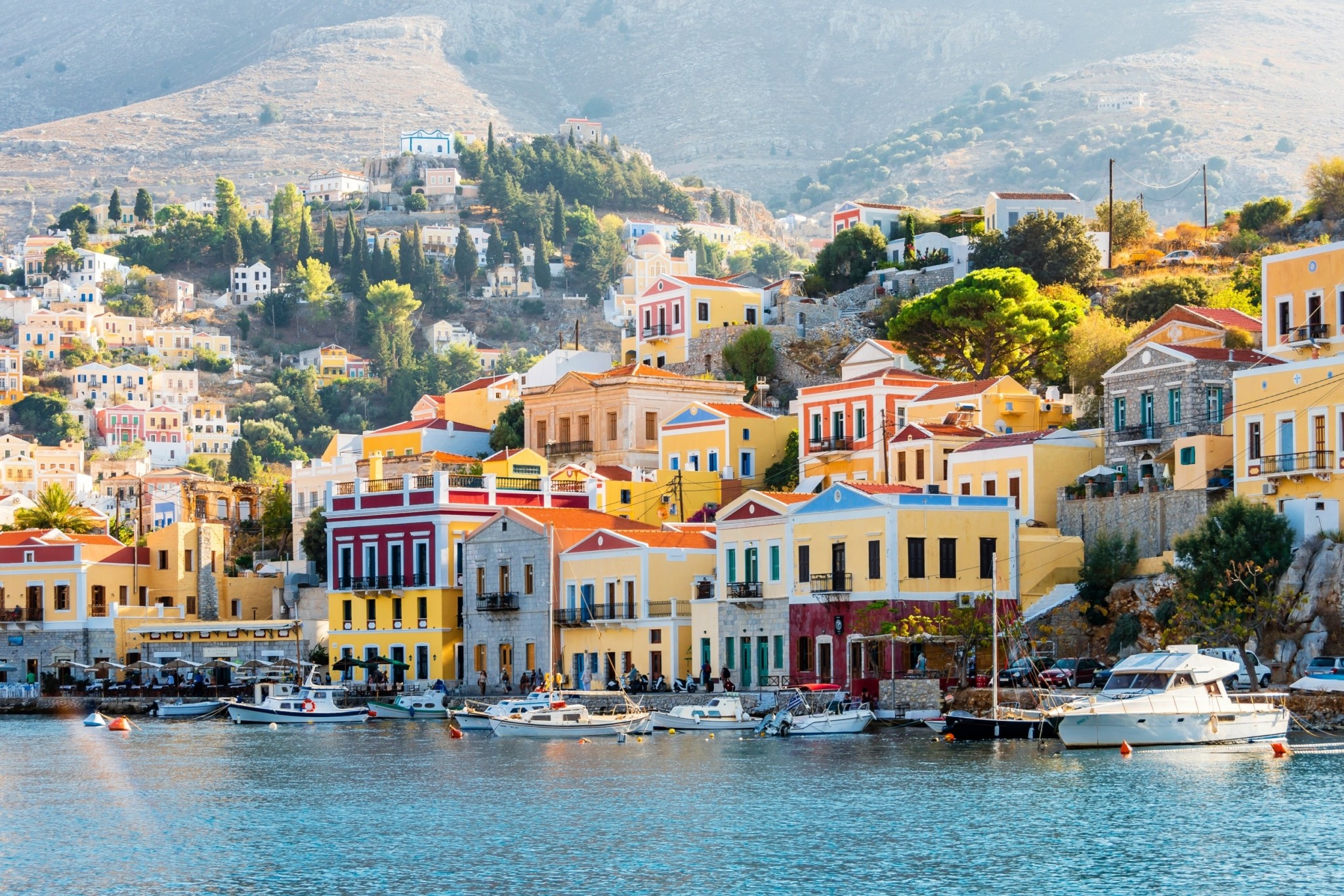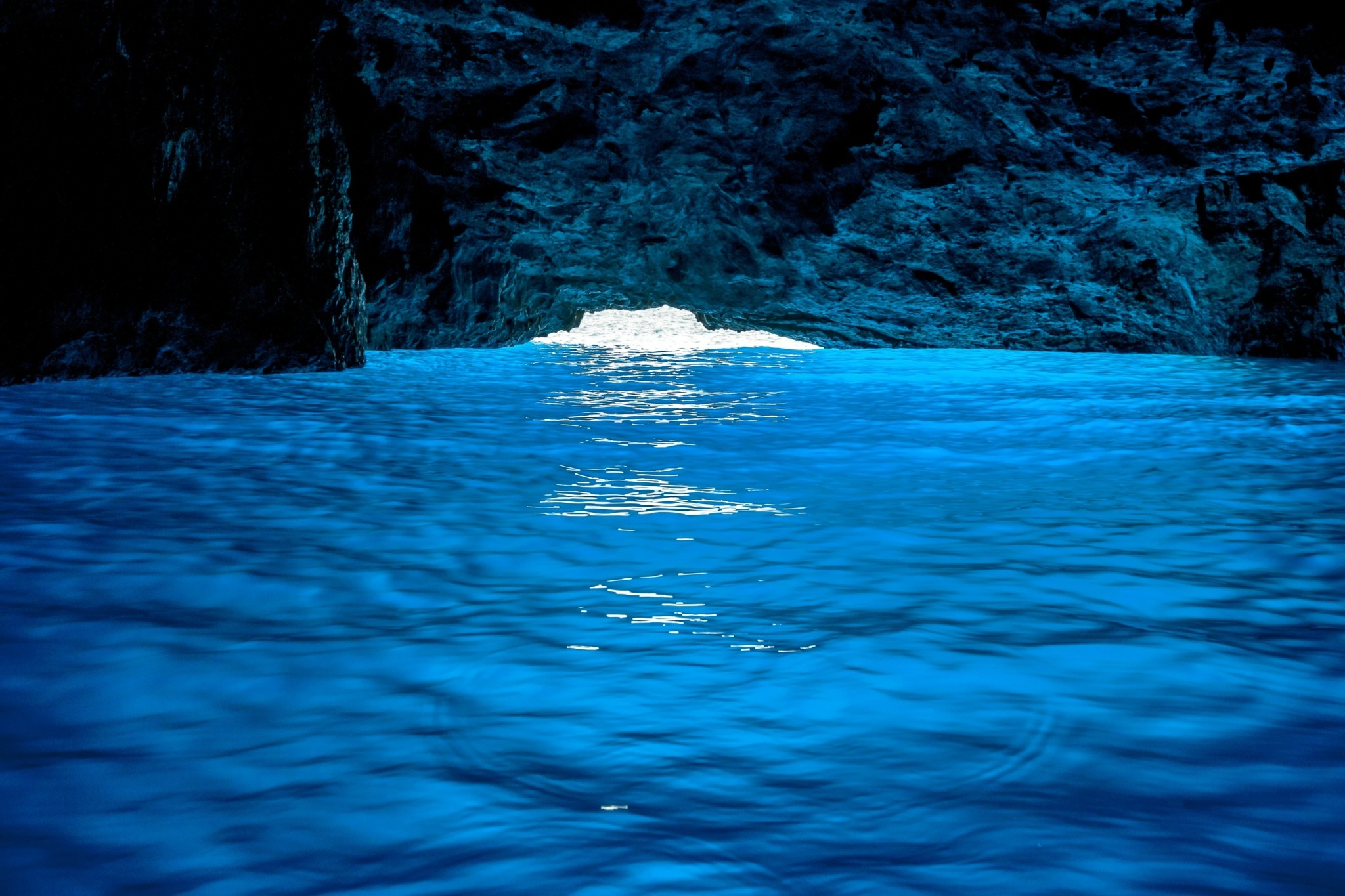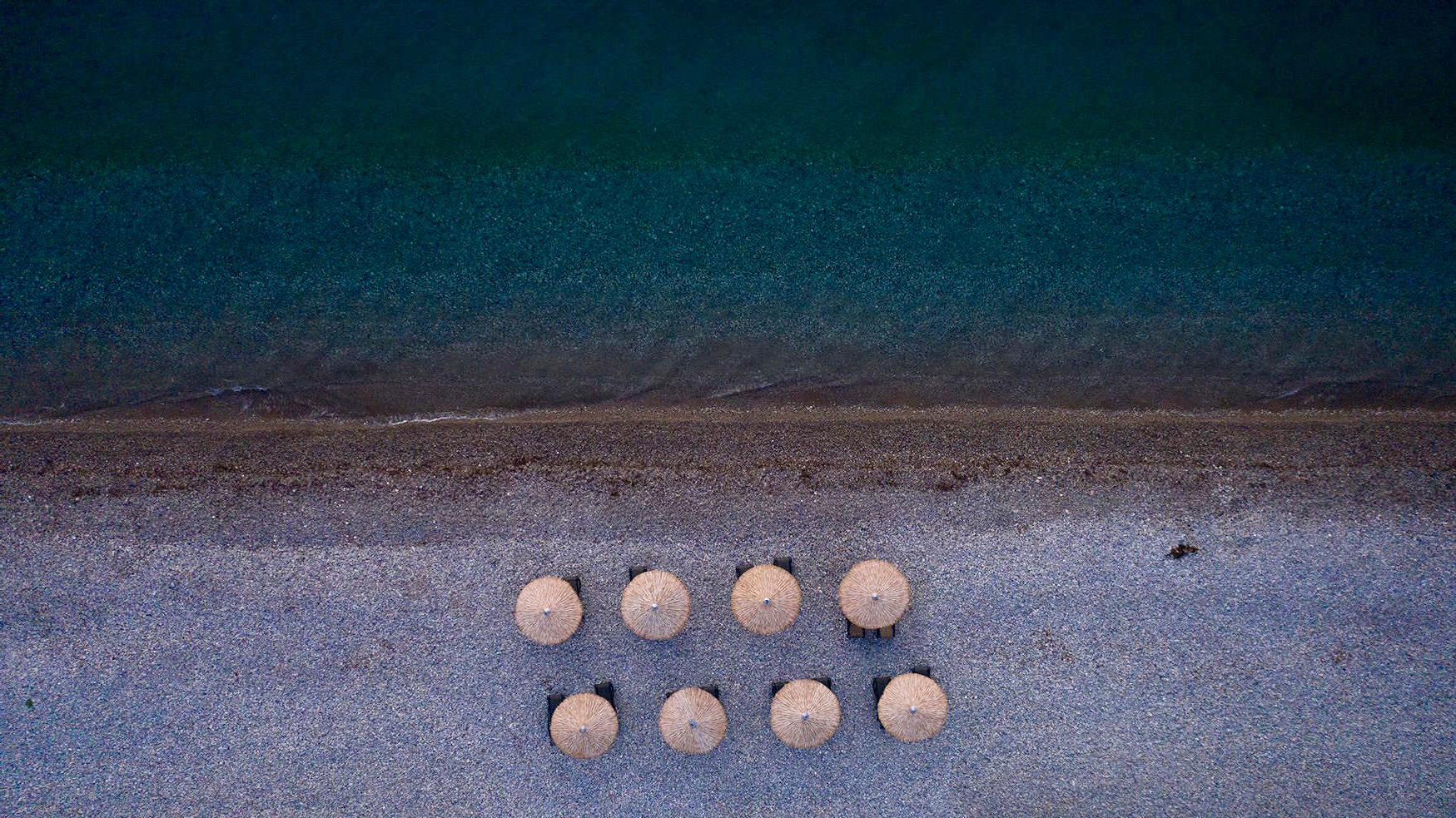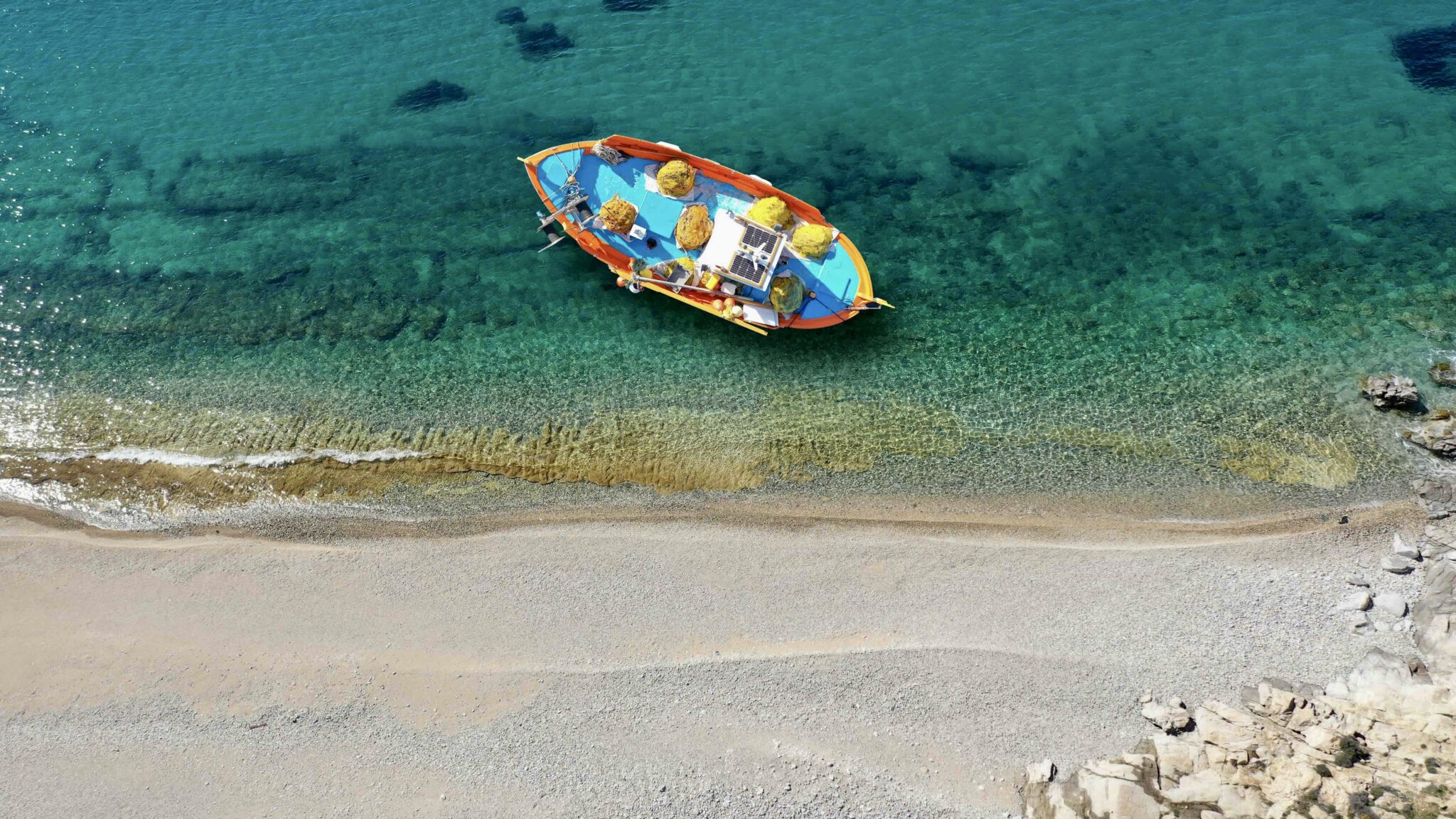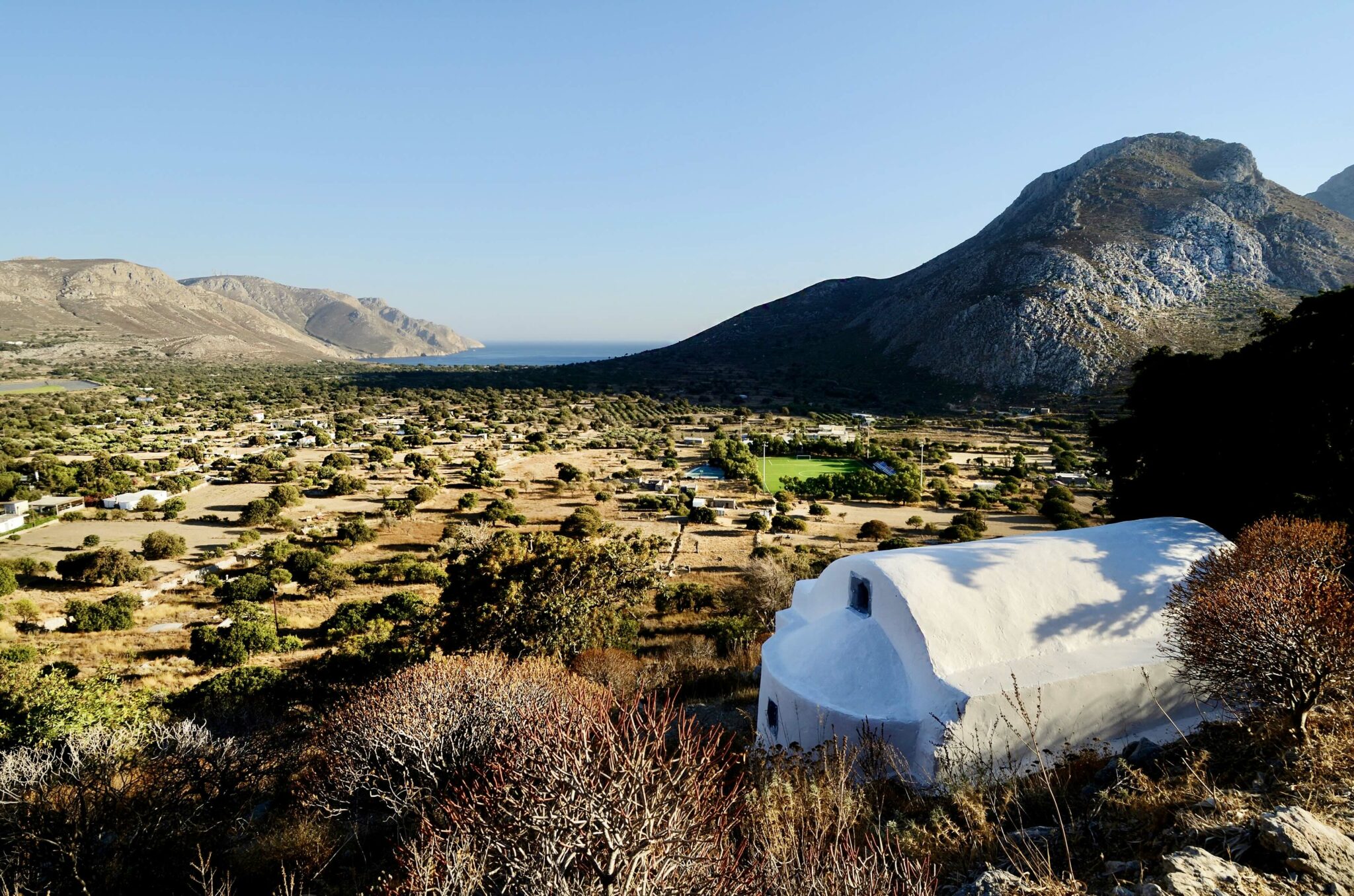Some require more effort and others less, others promise completely solitary swims and others gather a few more people. Who gets to sit next to you, even on the most isolated beach in the world, is always a matter of luck.
I will never forget that isolated, almost inapproachable beach we had left to the end. We had opened the map -back when mobile phones did not come with their own GPS-, we had gathered all the necessary information for our short escapefrom locals -away from everyone and everything- and we had been equipped with sleeping bags and supplies for two days in order to enjoy the Aegean Sea with our company alone. A few miles of driving on steep roads and then backpack on shoulders, food, water and sleeping bag – all measured and all correct – and off we went down the downhill trail to the coveted beach.
Half an hour later under the hot midday sun, and as we felt that we were now very close, some strange and definitely repulsive sounds reached our ears. Tuck…tuck…tuck…tuck… And yes, unfortunately, it was exactly what we thought it would be. Two racquets, a tennis ball, numerous voices and an idyllic beach- the one we were hoping to enjoy all alone- on which at least twenty others were sunbathing, swimming or playing on the sand. Fail. Who were all these people? How did they get on our beach?
Luckily, this bad joke came to an end really soon. Off the coast, yet not too much, there was a boat moored and in a little less than half an hour after our arrival, the boatman signalled their departure. We had learned everything about our beach, except for the most important thing, namely, that it was also approachable by boat. We had been asking everyone about the trail and not if there was any other way –perhaps an easier one- to approach. Not that we would ever choose the easiest way, but just to be prepared; to avoid the absolute disappointment we experienced the very first moment we arrived on the coast.
Indeed, a few moments later, the boat, along with the clamorous crew, departed. Now it was just us on the beach. We enjoyed all of its blessings; the emerald waters, the sound of silence, the blue and gold sunset, as well as our little camping fire under the starry sky. We told campfire stories, laughed at our naivety, consumed all our provisions, and the next day we returned -again from the trail- to civilization.
The following beaches do not all offer the coveted absolute isolation, but they are close enough to the goal. In any case, they offer nice dives and even better moments to those who choose them – as long as they stand a little lucky. But again, as already said: who gets to sit next to you, even on the most isolated beach in the world, is always a matter of luck.
Agios Ioannis Rihtis, Astypalaia
There is a great chance that you will get to enjoy this pebble beach on the south-western edge of the island -embraced by amazing crystal-clear waters and breath-taking rock formations that offer shade from the sun- alone with your company. Agios Ioannis Rihtis is located ten kilometres away from Hora -the main town on the island. Fortunately, there is signage along the way. However, when you find yourself at the chapel of Agios Ioannis Richtis, from where the beach took its name, leave your car here. Follow a descent of about 30 minutes (for an average hiker) through the gorge to the coast. Make sure you bring water, snacks and suitable shoes with you (you will need them both on the descent and on the very tiring climb uphill).
Psili Ammos, Patmos
As its name indicates, Psili Ammos is a sandy beach with fine -very fine- sand that can be reached either by boat (departing from the port of Skala) or on foot, walking for about 20-30 minutes through a passable path in the hills starting from Diakofti. Although isolated, Psili Ammos is often crowded. Thus, it is advisable to avoid weekends and high season in general. In any case, it’s a delightful summer adventure and a chance to see Patmos from a different angle. The tavern situated here is one big plus.
Krifos, Leros
Pristine pebble beach, with sapphire waters and a cave from the bottom of which fresh water gushes out near the area of Dio Liskaria. Krifos is a clandestine paradise, easily approachable by boat. You can also get here after a long and difficult hike from the area of Panagies, near Alinda.
Monodendri, Lipsi
Lipsi is a cluster of islets (24 islets and 6 rocky peaks), located between Patmos and Leros, with many small beaches, easily accessible in general. Yet, the most secluded and exotic one is Monodendri, named after its one and only pine tree. The two pebble beaches and the smaller bays that form the beautiful coastline are the highlight of the island. Monodendri is 3.5 km away from the main settlement and it is advisable that you arrive here equipped with all the essentials.
Fournoi, Rhodes
In the capital of the Dodecanese and one of the most popular island destinations of the country, the options for swimming are indeed countless. If it’s seclusion you seek, however, you should drive away from the city of Rhodes, as well as from Faliraki and Lindos, and head south. From Gennadi to Prasonisi -provided that you are in the mood for exploration- you will find deserted beaches with dunes and cedars.
On the west of the island, near Monolithos, the small beach of Fourni is perfect for two, and can be wonderfully combined with food at beautiful tavern “Old Monolithos” in the nearby village (for reservations: +30 22460 61276)
Pachia Ammos, Nisiros
Yet another amazing huge beach with thick dark sands and shallow crystal clear waters that is very famous among free campers and nudists. Pachia Ammos is approachable by a long and rough trail that requires caution. But, once you reach the beach, that first dip will make it up to you like only few others. Be careful, because the sun at Pachia Ammos is scorching. You may think it’s hotter than usual. It might be true. Bring a beach umbrella; wear a hat and lots of sunscreen.
Lethra, Tilos
Here too, the recipe is more or less the same; a trail starting from Livadia, a 30-40 minute hike and a nice, quiet pebble beach with cerulean waters. Accessible also by boat, but the hike – if you have the appetite and courage – has another grace. Relax, take a wresting breath, and if you want, get yourself back up to the same trail and continue until you reach the ruined medieval village where the path ends. Believe me, it’s worth it.
Areta, Chalki
Chalki is tiny, and so is the beautiful Areta beach, which can only be enjoyed by those who can get here by boat. Towering cliffs all around; large white pebbles and turquoise cool waters await the lucky ones who will reach it.
Marathounda, Symi
Arguably one of the most beautiful beaches of the stately, Dodecanese Island, with easy access, amazing clean and calm sea waters, that moreover offers some basic amenities, such as a few sun bets, some umbrellas and a tavern. It takes a little care not to slip on the white, large pebbles.
Agios Minas, Karpathos
A magical beach with crystal clear waters, but difficult to reach by car, as the road unpaved and particularly steep. Prefer the road that approaches the beach from the side of Olympus, as it is much better, and you can also stop at the homonymous chapel of Agios Minas to admire the view and take a few snaps from above. There is also the possibility to get here by boat from Pigadia (one of the two harbours in the island).
Chelatros, Kasos
When you think of this beach, you automatically think that you should always return to Kassos, even though it is so far away. Chelatros is easily accessible by car, as far as you don’t mind a 13km drive, departing from Fri (the island’s main port). It is a natural harbour overlooking the Libyan Sea, which in ancient times provided shelter to ships. Today visitors come here to enjoy its clean and calm waters and the laid-back atmosphere, as the mountain ranges that surround the small bay impose themselves on the landscape and protect it from the winds.
Blue Cave, Kastellorizo
It’s not exactly a beach, but it doesn’t matter. Here, at the far end of the country, holidays are an experience, thus, many visitors return here really often. The dive in the Blue Cave (also known as the Cave of Parastas or Fokialis) feels magical, as the sunlight refracts through the sea and is reflected inside the cave. The cave can only be visited by boat and only when the weather permits.



